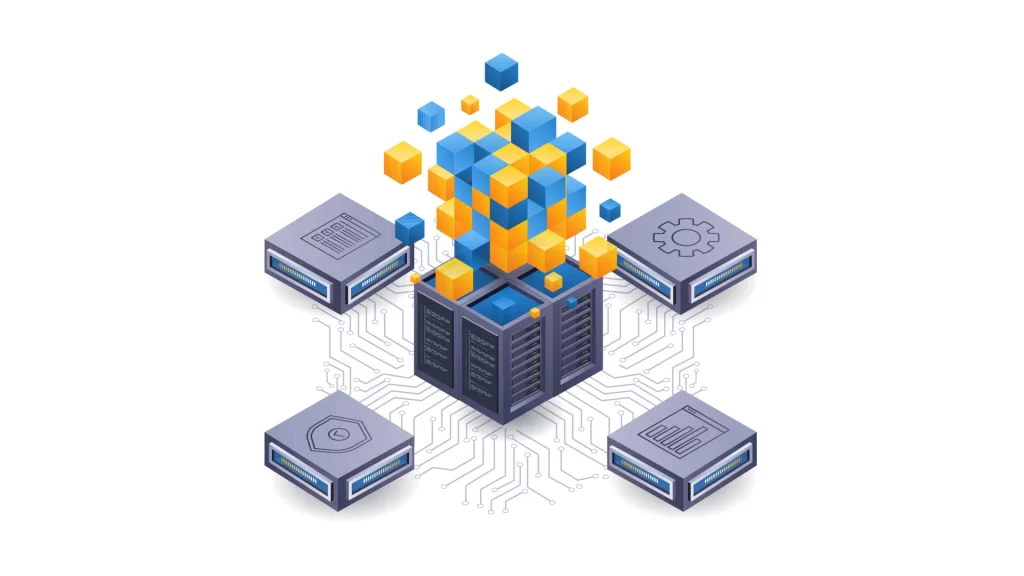
PoW or PoS?
When Bitcoin was designed and launched by Satoshi Nakamoto, he designed a system called Proof of Work (PoW). According to this system, miners would provide the solution of the mathematical equations necessary for the mapping of the blockchains and would be rewarded with a certain amount of bitcoin for each equation they solved. However, for the solution of these mathematical equations, a lot of experimentation and special devices were needed to provide it, and these devices have a serious electricity consumption. This cost is the biggest expense item for miners in the PoW system. So much so that the electricity consumption of bitcoin miners is equivalent to the electricity consumption of all Ireland. However, the value of the prize won and the fact that it increases its value makes this system attractive.
As time progresses, as every technology advances and changes, new technologies and new systems emerge in this area. In this context, the Proof of Stake (PoS) system emerged. According to this system, the entire amount of crypto money to be produced is initially produced. Anyone who has the cryptocurrency in their wallet is a validator in the blockchain system. Verifiers also get your share of the transfer verification system. Even if you do not have a computer for this, you can have the opportunity to produce your own crypto money in the PoS system with Raspberry Pi devices. You can liken the PoS system to a kind of term deposit account. Because the more cryptocurrencies you have in your wallet, the more share you will get from the transfer verification process.
Ethereum, the crypto currency that recently came after bitcoin in the crypto money market, has switched from the PoW system to the PoS system. With this transition, it enables more people to be included in the system and uses it as a method to move away from centralization. In addition, this way is avoided from the expense of high electricity consumption spent on mining. However, of course, it may not be possible to provide the high profits earned by mining in the PoW system here.
As a result, every innovation that finds its place in the world of technology can bring some advantages as well as some disadvantages over time. These differences in the world of crypto money can also be considered as a variety.